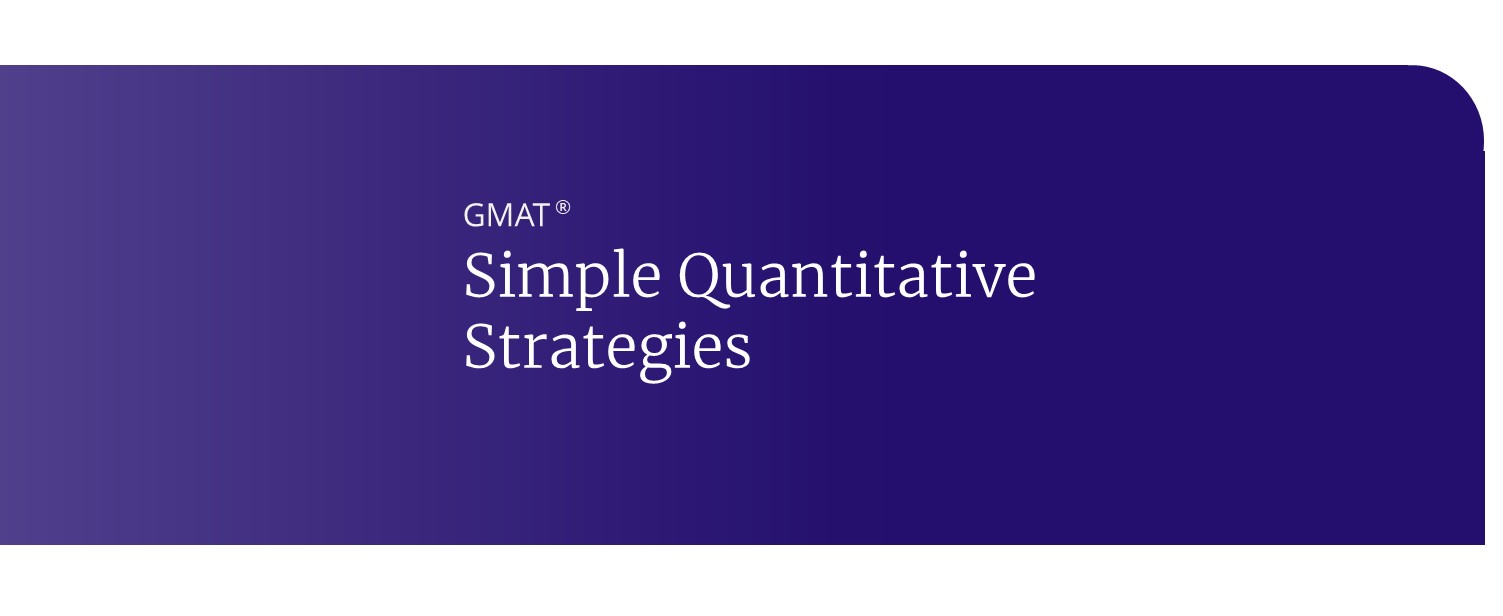How to Cash in on MBA Scholarships
If there’s one thing future MBAs are likely to understand, it’s the value of a good investment. Even though figuring out how to pay for an MBA can present a challenge, business school applicants may be uniquely qualified to find ways—in the form of both loans and MBA scholarships—to cover their tuition.
Paying your way through business school
In addition to MBA scholarships, there are multiple sources that business school applicants can look into for funding a graduate degree: Federal Perkins and Stafford Loans, private loans, personal savings, and family or parental support. The challenge with student loans, of course, is that you have to pay them back, and money out of pocket is far from desirable.
Scholarships, on the other hand, are like a financial high-five for being awesome.
So how do you find the MBA scholarships that are right for you? Follow these five steps to make sure you’re getting the most from your business school education for the least tuition possible.
Step 1: Research available MBA scholarships
While we wish there was “an app for that,” uncovering the scholarships available to you requires significant research. As you begin your business school search, be mindful of the upcoming tuition costs you will face. Spend time on each school’s financial aid and scholarship website, and note all the scholarships and fellowships available.
However you like to get organized—whether it’s logging information into spreadsheets or plastering a hundred Post-It notes on your wall, create some room for scholarship availability. Some schools do not require separate applications for consideration to scholarship programs. Others may ask that you opt in to be considered, while still others will offer scholarships aimed at specific population segments to encourage them to apply.
Research the selection criteria for each scholarship you’re qualified for, and note which elements of your application will be considered. Remember to pay special attention to whether a scholarship is renewable or not, and under what conditions (i.e. is renewal dependent upon first-year performance?). Keep in mind that a “traditional” two-year, full-time MBA will offer many more scholarship and fellowship opportunities and dollars than part-time or executive MBA tracks.
Want to see how this all breaks down? The Graduate Management Admission Council (GMAC) has a fantastic tool that allows you to input basic demographics and the type of MBA program you’re interested in to see how similar applicants paid for their education.
Step 2: Cast a wide net
There are scholarships and fellowships available for female MBA students, Hispanic applicants, applicants from India, applicants planning a career with nonprofits, applicants interested in underwater basket weaving, and so on.
OK, we’re not so sure about that last one, but if you happen to be an accomplished underwater basket weaver, you can probably find a way to leverage that skill into your MBA scholarship search. The point is to look for any and every opportunity for funding that you may qualify for. Sometimes, the more niche/unique your qualification, the better.
Step 3: Be the total business school package
The frustrating thing about many schools’ scholarship pages is that their selection criteria can be a bit vague. What does “exceptional candidate” or “highly qualified” mean, anyway? If you can dig up some stats on previous scholarship recipients, it will help you determine your competitiveness. You can do so by speaking to admissions officers at recruiting events or sending brief, friendly emails to admissions staff. Email wisely. See Step 1 above.
Keep in mind that you will need to be an above-average candidate for the school you’re applying to to be considered for valuable MBA scholarship funds. This is no longer about just getting accepted to business school; it’s about receiving that financial high-five! While schools may be purposely ambiguous about what makes an “exceptional candidate” in their assessment, your academic credentials and GMAT score will figure in—as will your work experience, volunteer or community service, and undergraduate work.
Step 4: Play up your GMAT score
Assuming you may not be able to change your undergraduate GPA or add more years of work experience to your application or resume at this stage of the game, your GMAT score is one area where you can still really outshine other applicants in your search for MBA scholarships and fellowships.
Your GMAT score is a big part of your academic excellence, and it’s a factor you can change in just a few short months of regular prep. Very few, if any, schools will have a definite cutoff score for scholarship eligibility. After all, your GMAT score doesn’t represent an absolute. As with any standardized test, GMAT scores fall on a bell curve with a standard deviation of +/- 30 points.
So it stands to reason that, if you scored 30 points above the school’s average applicant, you are legitimately more competitive. If you scored 30 points below the mean, the rest of your application may still have to work a little harder.
Applying to business school is a major life decision, so it’s important to apply to the right schools for you. However, business schools are still rebounding from a few years of declining numbers in applications. A strong candidate with stellar credentials could potentially generate many scholarship and fellowship offers from schools looking to boost their rankings by wooing great applicants.
Applying early in Round 1 means that you are applying for all available seats and, sometimes, all scholarship dollars. The longer you wait, the more those opportunities—and those MBA scholarships—will get allocated to other students.





